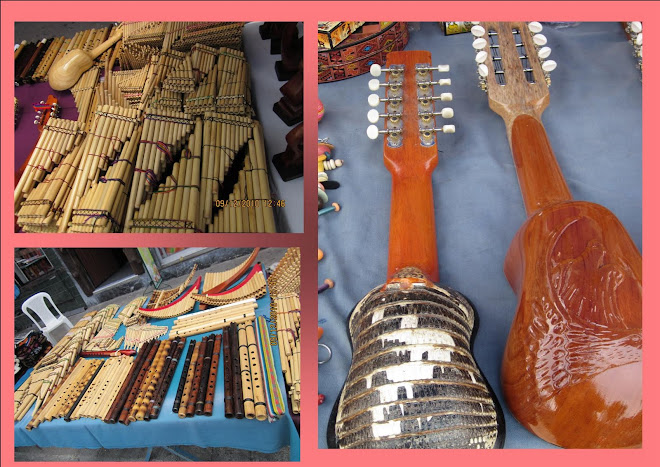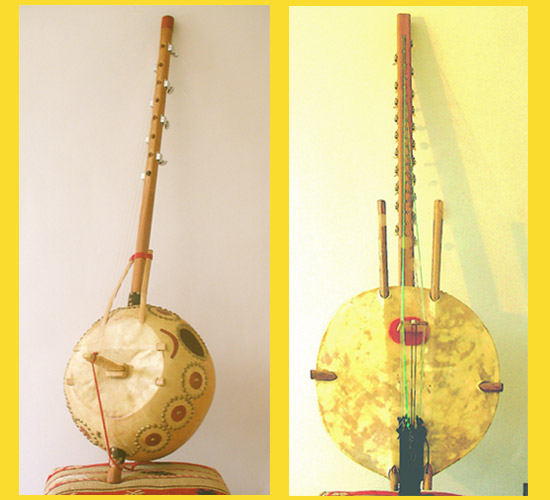
The instrument was invented in the early 18th century in the Royal Audiencia of Charcas in what is now the Plurinational State of Bolivia (Historically part of the Viceroyalty of Peru). It typically has 10 strings in five courses of 2 strings each, but other variations exist. A charango player is called a charanguista. Many contemporary charangos are now made with different types of wood. The Charango: a small, 10-stringed instrument that originated in the Andes, probably in the 17th or 18th centuries, and which is still widely played today. Primarily played in traditional Andean music, and is sometimes used by other Latin American musicians. Bolivian Charango - Direct from La Paz, Bolivia The Charango is the only stringed instrument used traditionally in the Andean region of South America and its. “The charango is a small Andean stringed instrument of the lute family, 66 cm long, traditionally made with the shell of the back of an armadillo.

He builds a variety of quality instruments and was gracious enough to play an assortment and to take us past his showroom into his shop. The charango was tops on our list and we had the good fortune to visit the shop of Cusco luthier Sabino Huaman. We managed to do that and we discovered so much more in Peru. Van der Poel, 1915 (15.77).On our recent adventure to Peru we were on a quest to explore Machu Picchu. The Metropolitan Museum of Art, New York, Gift of Mrs. Jíbaro guitar, Puerto Rico, late 19th Century. This instrument, one of two known examples, features designs reminiscent of African textiles carved and incised on the body of a guitar known as a bordonúa. Another instrument, combining African and Spanish features, is our rare, late nineteenth-century Jíbaro (country) guitar from Puerto Rico. Today these acoustic instruments may have a wooden back and are electronically amplified. Here it combined features of the jarana, an instrument of the Yucatan Peninsula used in son (folk music), differing from the smaller Andean version, which was used as a courting instrument played by men. The smaller charango, known from the early eighteenth century, made its way over major colonial trade routes-size probably made it a handy companion on these trips.Įventually the form found its way to Mexico, where a larger version was manufactured. Like many instruments in the New World, both combine characteristics of the Spanish guitar with indigenous adaptations, the armadillo shell being one. The charango is a small Andean stringed instrument of the lute family, which probably originated in the Quechua and Aymara populations in post-Colombian times, after European stringed instruments were introduced by the Spanish during colonialization. The story of our instrument and its smaller cousin are both tales of hybridization. Traditional Armadillo charango The charango is a small Andean stringed instruments of the lute family, which probably originated in the Quechua and Aymara populations in post-Columbian times, after European stringed instruments were introduced by the Spanish during colonizat.

The little stringed instrument isnt always taken so seriously. Among the Museum's collection are these standard Andean versions as well as an unusually large adaptation from Mexico. The mandolin is 2023s instrument of the year in Germany. Ken Moore: The typical charango, a small, fretted lute often distinguished by its rounded armadillo-shell back, is found throughout the Andes of Bolivia and parts of Peru and Argentina. Jennette Mullaney: This instrument was modeled in imitation of a charango or jarana. Rose Curator in Charge of Musical Instruments, spoke with me about this work. On view in the Musical Instruments galleries is an arresting stringed object, an armadillo shell for its back.

The Metropolitan Museum of Art, New York, The Crosby Brown Collection of Musical Instruments, 1889 (). Marcos Manufactory, Mexico, late 19th century.


 0 kommentar(er)
0 kommentar(er)
